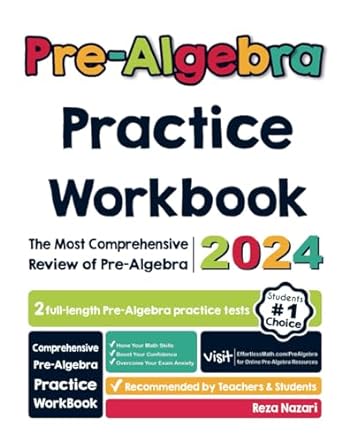Question
Compound Interest A Three Methods Approach Before you begin: Look for your name on the sign-up sheet (given by your instructor) and copy the Line
Compound Interest
A Three Methods Approach
Before you begin:
- Look for your name on the sign-up sheet (given by your instructor) and copy the Line #, Principal, and APR.
- Review the compound interest formula from section 4-B of your text.
- Remember that all formulas in an Excel spreadsheet begin with an equality symbol '='.
- Recall that to reference a cell, you can click on it or type its column letter and row number.
Download Spreadsheet:
- Download from Canvas the file "Compound_Interest_Template.xls" which provides you a spreadsheet framework. This helps you concentrate on the three methods of calculating the lump sum investment without worrying about the formatting details.
Procedure:Using the template you have downloaded and the prototype figure below, constructa compound interest spreadsheet using three different methods (iteration (steps), formula, and Excel function) that will arrive at the very same balance if properly done. Be sure to type in the Givens box the same principal, compound, and APR as the prototype figure. From Quarter #1 (row 8) and thereafter, you will be building formulas that are flexible enough to accommodate other values you type into the Givens box later.
Iteration (Steps) Method (I)
- Link by a cell reference, the total cell of Quarter #0 (cell E7) to the given principal value in cell D2.
- Now let principal from Quarter #1 (cell C8) be referenced to cell E7.
- For the interest in Quarter #1 (cell D8), formula by multiplying the principal (cell C8) by the given APR (cell D4) divided by the given Compounds (cell D3). Note: because you will want to always use the same given APR and compound values even after you copy or fill the formulas down the columns, you must use absolute cell referencing for those cell locations (locking them in). This can be done by pressing F4 (for Windows) or Command-T (for Macintosh) while the cursor is in the middle or at the end of cell references D4 and D3.
- Now add the interest to the principal (that is, compound the interest) to make a new total (cell E8). This is done by adding cell C8 to cell D8 as a formula (that is, "=C8+D8").
- Complete the Iteration Method by dragging over the principal, interest, and total cellsfrom Quarter #1 and filling their corresponding formulas down to Quarter #36. This canbe done relatively fast by looking for the small black cross hair in the bottom right corner of your shaded rectangle and either dragging the three cells down or simply double- clicking. See your software documentation or instructor for help. Don't forget to check for accuracy.
Formula Method (II)
- In the Formula box at the bottom of your template, follow the directions for the compound interest formula as shown in the prototype.
- Confirm that your answer matches the same one found for Quarter #18 using iterations.
Excel Function Method (III)
- In the Excel Function box at the bottom of your template, follow the directions for the formula as shown in the prototype. The focus here is to learn how to use the built-in function known as future value (FV) for Excel. You can find helpful dialog boxes to guide you through this process by looking for the "Insert" ribbon in the newer Office suite for Windows or by using the "Insert" pull-down menu and finding the feature "Function..." in the Macintosh Office suite.
- You will notice that the template and prototype indicate cell references in the future value function rather than actual values. This reinforces the idea of keeping your formula generalized to accommodate future changes to the Givens box.
- Be aware of the need to place a negative sign after the equality to keep the future value asa positive value.
Polishing the Worksheet
- Be sure to total your interest after Quarter #36 (D44) by using the function 'Sum' and dragging over the interest cells from Quarter #1 to Quarter #36 or take advantage of the Auto Sum tool that looks like and may be on one of your tool bars at the top.
- Check to see if the very last balance (Quarter #36) matches the prototype quantity.
Results Summary: Upon verifying that your compound interest spreadsheet (based on the prototype givens) has correct quantities throughout, modify your spreadsheet according to the sign-up sheet values you were given. Then answer the 5 reflection questions in the textboxes on the spreadsheet.Turn in your completed spreadsheet on Canvas.
Hello can you help me understand what and how I can do this assignment. I have trouble doing the spread sheet. can I pay someone to do it?
Step by Step Solution
There are 3 Steps involved in it
Step: 1

Get Instant Access to Expert-Tailored Solutions
See step-by-step solutions with expert insights and AI powered tools for academic success
Step: 2

Step: 3

Ace Your Homework with AI
Get the answers you need in no time with our AI-driven, step-by-step assistance
Get Started


